The idea that college is the only ticket to success has been drilled into us for decades—but the reality tells a different story. Some of the world’s most powerful billionaires never finished college, and a few didn’t even bother starting. Instead, they relied on vision, grit, and a refusal to follow the “rules” to carve their own path to unimaginable wealth.
These entrepreneurs didn’t just build businesses; they built empires that redefined industries and shaped culture. Their stories prove that education doesn’t stop at the classroom door—and that sometimes, the riskiest detour leads to the biggest payoff. Here are 14 billionaires who proved you don’t need a degree to strike it rich.
1. Bill Gates

In 1975, a 19-year-old Bill Gates made the bold move of leaving Harvard to chase what he called “the personal computing revolution,” admitting later to Business Insider that he was terrified of missing out on a world-changing opportunity. He and Paul Allen turned BASIC interpreters into Microsoft in a tiny garage, proving that skipping lectures can free you up for bootstrap brilliance. Gates’ parents thought he was taking a sabbatical—and he sweet-talked them into it by promising he could always come back. Spoiler: he never did. Instead, he crammed for every programming challenge life threw at him, treating each bug like an unsolvable exam question. Within just a few years, Microsoft dominated home computing, and Gates became the youngest billionaire in history.
But dropping out didn’t cheapen his education—it super-charged it. As CBS News later noted, Gates prioritized selling software over textbooks, betting hard that real-world labs beat classroom drills. He hired the brightest engineers, stayed glued to industry trends, and kept his foot on the pedal when others took a coffee break. His story teaches that if you spot the next big wave in tech, curriculum or no curriculum, you surf—or you sink.
2. Mark Zuckerberg
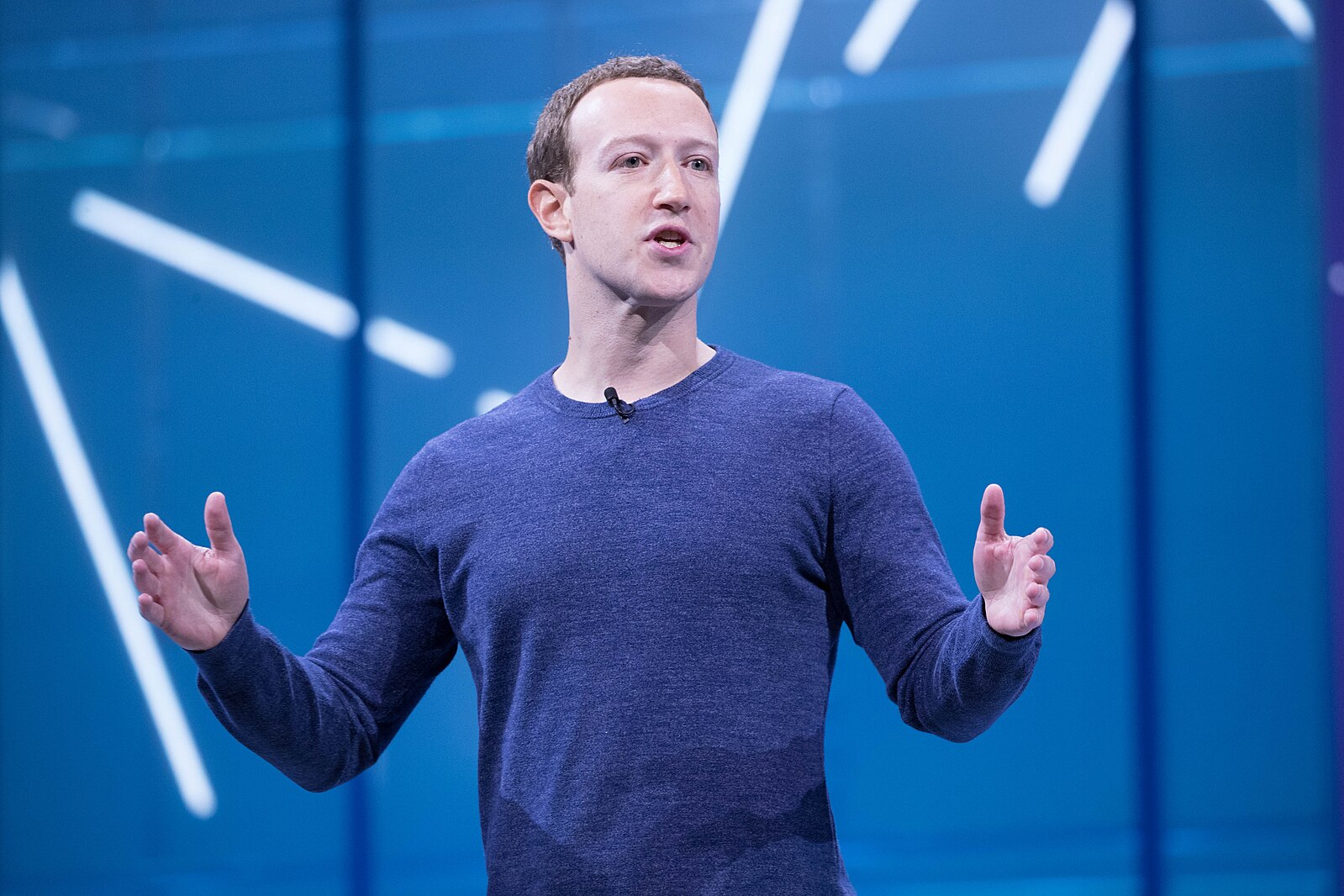
When Mark Zuckerberg launched “Thefacebook” in early 2004, he was still in his Harvard dorm room—code-crunching between classes and caffeine runs. By mid-2005, he’d ditched lectures to focus full-time on a social network that would soon host billions of selfies, memes, and spicy debates. As Biography.com explains, Zuckerberg “moved the company to Palo Alto,” swapping dorm parties for investor pitches. He insisted that college sometimes teaches the past, while startups build the future.
Just a few years later, Facebook’s IPO made Zuck the world’s youngest self-made billionaire—proof that if a product becomes part of people’s daily ritual, nobody cares about your GPA. In a recent chat with comedian Theo Von, he even questioned whether college debt is worth it for today’s job market, arguing that hands-on AI skills might outpace outdated syllabi. Whether you love him or love to hate him, his hustle shows that dropping out can be a power move when you’ve got a vision people can’t ignore.
3. Steve Jobs
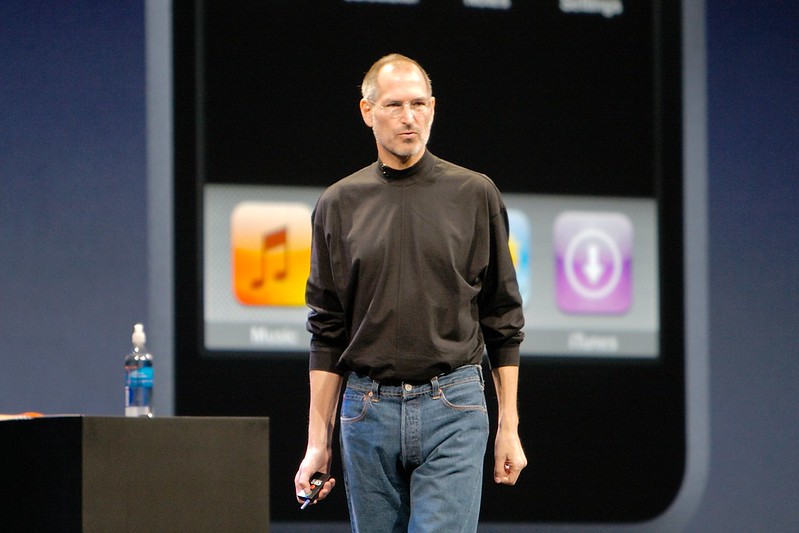
Steve Jobs spent just one semester at Reed College in 1972 before telling his parents, “This isn’t for me,” yet he stuck around to audit classes that intrigued him—Shakespeare, modern dance, and, most famously, calligraphy. According to Reed College’s own site, those typography lessons later gave the Mac its signature clean fonts, turning Jobs’ dropout badge into a design superpower. He channeled that creative curiosity into Apple, building a company where form met function in everything from the iPod to the iPhone.
Years later, in his legendary Stanford commencement address, Jobs credited those “dropped-in” calligraphy courses with teaching him to trust in “connecting the dots”—and urged graduates to stay “hungry” and “foolish” (Wired). His journey proves that formal credentials only go so far; sometimes, the sideways paths you wander teach you the most about innovation.
4. Michael Dell

While most freshmen were cramming for midterms in 1984, Michael Dell was netting $80,000 a month selling upgraded PCs out of his University of Texas dorm room. By spring, he’d built his own direct-to-consumer model and told his parents he wasn’t coming back—and why would he, when orders queued up faster than he could assemble them? As Forbes notes, he officially left UT at age 19 to focus on Dell, Inc., a move that cut out retail markups and rewrote industry margins. His mantra was simple: listen to the customer, ship fast, and scale smart.
Fast forward to today, and Dell Technologies is a global powerhouse worth over $100 billion. Michael’s dorm-room grind teaches that if you spot a supply-chain glitch or a pricing inefficiency, the real world can be your classroom—no chalkboard needed. And when peers were worrying about finals, he was worrying about factory floors.
5. Richard Branson
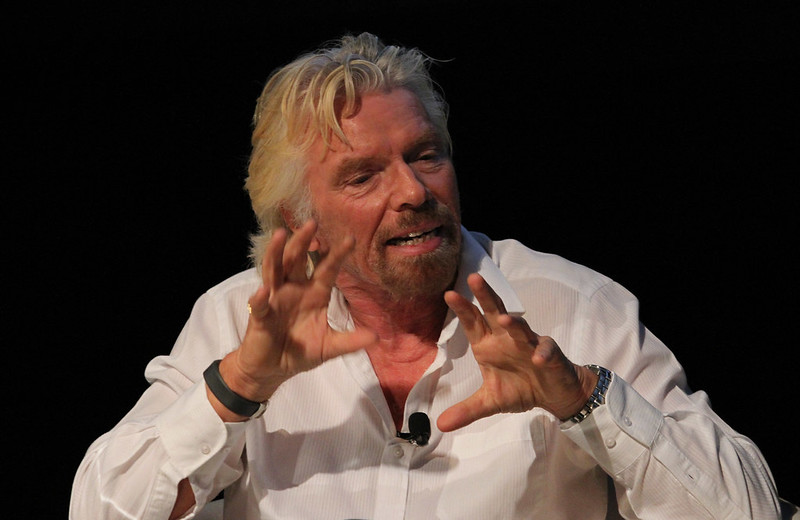
At 16, Sir Richard Branson walked out of school to publish a student magazine called Student. He swears he learned more negotiating ad deals and wrangling writers than any syllabus could teach. According to Business Insider, by age 20 he was signing records for his Virgin Records label—and he’s been winging it ever since. That “screw it, let’s do it” spirit led to Virgin Atlantic taking on aviation giants, and now Virgin Galactic aims to rocket tourists into space.
As Investopedia details, Branson’s forays span music, airlines, telecoms, and even colonizing the cosmos—each venture fueled by charisma and calculated risk. He admits he’s often winging it, but his stunts (think hot-air balloons and naked boardroom photos) keep the spotlight—and customers—locked on Virgin brands.
6. Larry Ellison
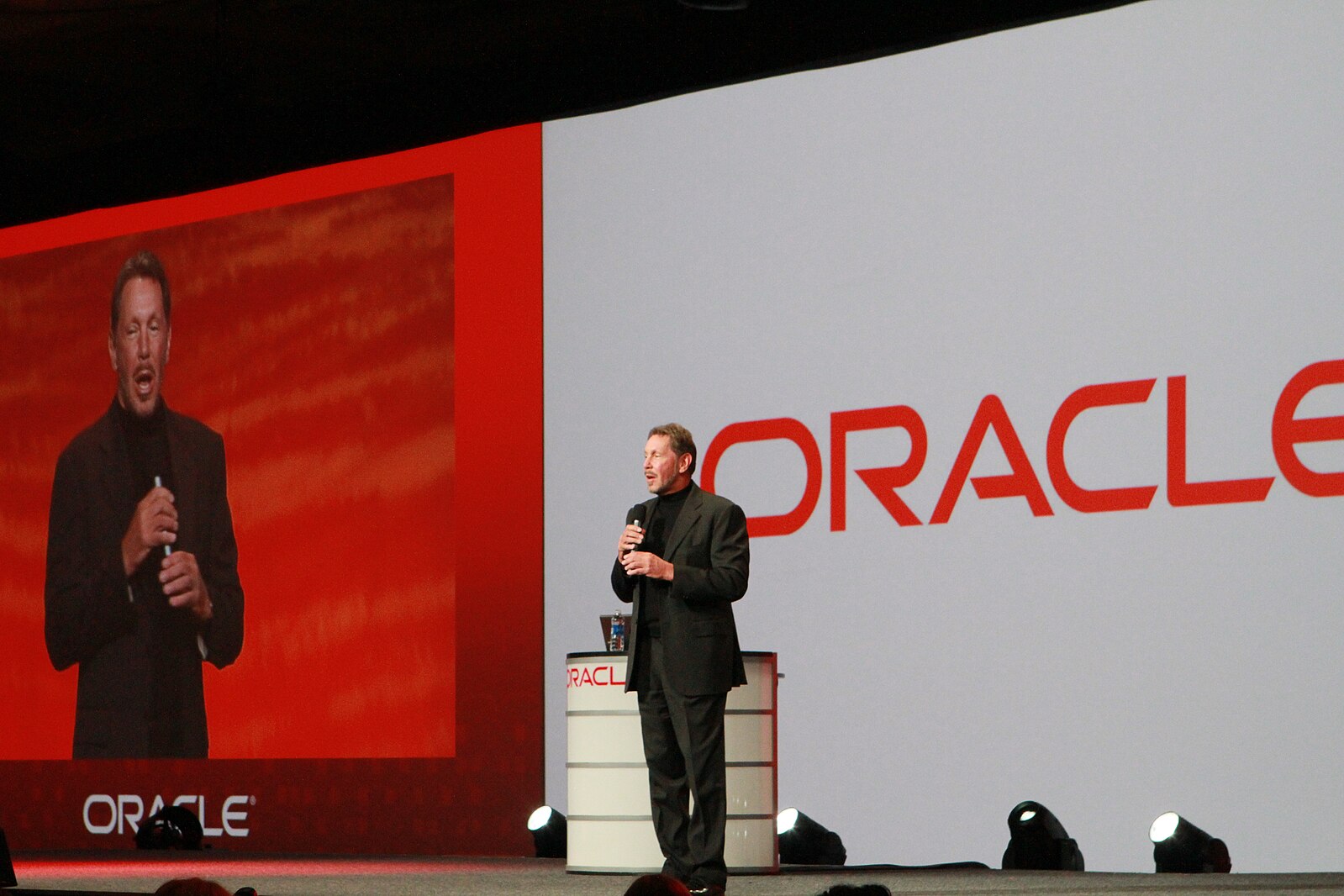
Larry Ellison was a college wanderer long before he was a database kingpin. He enrolled at the University of Illinois but left after one semester, then bounced to the University of Chicago before dropping out for good. With no degree in hand, he taught himself programming by dissecting manuals and experimenting on his own time, turning curiosity into expertise. In 1977, he co-founded Software Development Laboratories, which would become Oracle, basing his first product on a research paper about relational databases. His approach to business mirrored his learning style: aggressive, hands-on, and a tad unorthodox. Ellison hustled clients with bold claims—like how his software could handle more data faster—then made good on them by working day and night.
Before long, Oracle had grown from a startup in a rented Santa Clara office to a global powerhouse disrupting old-guard data stores. Ellison’s mantra of “go big or go home” fueled acquisitions of companies like PeopleSoft and Siebel, cementing Oracle’s dominance. He never stopped learning—ping-ponging between executive suites and server rooms, digesting every technical spec alongside quarterly earnings reports. Though he never donned a graduation gown, he mastered what matters: product innovation and market timing. And when cloud computing emerged, Ellison pivoted Oracle from on-premises servers to cloud services, showing that true education is lifelong. Today, he’s not just known for his software empire but also for sailing trophies and a Hawaiian mansion—proof that the world’s richest drop-out can still sail smooth seas.
7. Evan Williams
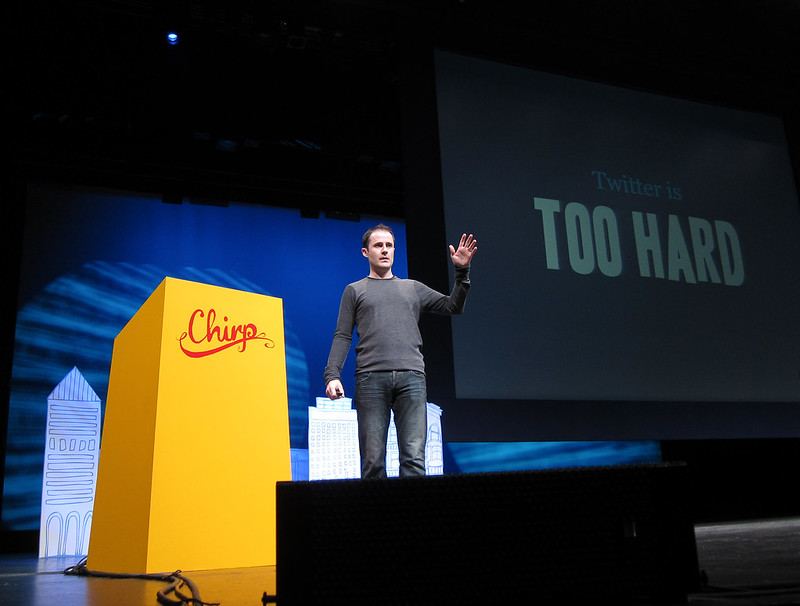
After breezing through high school in Nebraska, Evan Williams enrolled at the University of Nebraska, only to leave before finals ever arrived. He landed at Odeo, a podcasting startup, where he met Biz Stone and Jack Dorsey—connections that would later birth Twitter. Williams’ hunger for side projects led him to create Blogger in 1999, scribbling code between cubicle tasks. That passion project caught Google’s eye in 2003, and they snapped it up, giving Williams the resources to dream bigger. Instead of chasing a diploma, he chased community building—and realized that blogging platforms and microblogging weren’t just hobbies but cultural necessities.
By 2006, Williams and his partners had spun Twitter out of Odeo, transforming a simple side-project into a 140-character revolution. He learned on the fly, navigating server crashes and scaling nightmarish growth spurts without a campus IT department. His leadership style was equal parts publisher’s instinct and engineer’s pragmatism—always asking, “How do people want to communicate?” Though he never cracked open a textbook on marketing, his experiments in user engagement made Twitter a global town square. After stepping back from Twitter, Williams founded Medium in 2012, offering a platform for longer-form storytelling. Across each venture, he treated every user interaction like a case study, proving that real-world feedback is more valuable than syllabus assignments.
8. Jan Koum
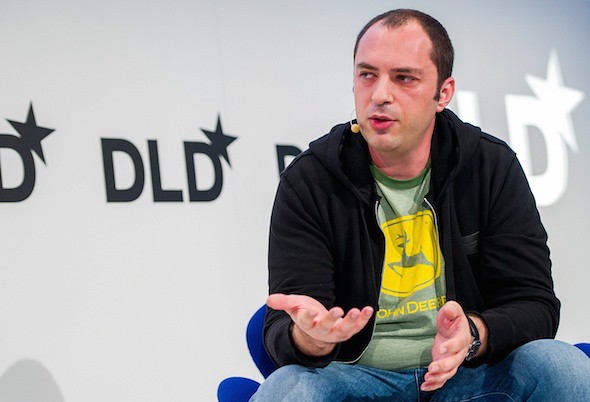
Jan Koum’s path skipped lectures entirely when he dropped out of San Jose State University to join Yahoo as an infrastructure engineer. While there, he noticed the pain points in mobile messaging: clunky interfaces, hidden fees, spotty reliability. Combining that insight with his friendship with Brian Acton, he left Yahoo in 2007 to build WhatsApp, coding late into the night in a two-person room. They focused obsessively on performance and simplicity—no ads, no gimmicks—just status updates and messages delivered instantly. Koum’s immigrant background, surviving on food stamps as a kid, fueled his frugality: he famously spent zero on marketing, letting rave reviews do the heavy lifting.
WhatsApp’s user base ballooned, hitting 450 million monthly active users by 2014, when Facebook acquired it for a jaw-dropping $19 billion. Koum walked away with enough to retire twice over, yet he stayed on to steer product decisions and protect user privacy. He hired engineers by grilling them on C-level code efficiency, not on academic pedigrees. At conferences, he’d clutch his signature gray hoodie and riff on why a lean team beats a bloated bureaucracy. Even after the acquisition, he fought Facebook on encryption, reinforcing that impact beats credentials every time.
9. Travis Kalanick
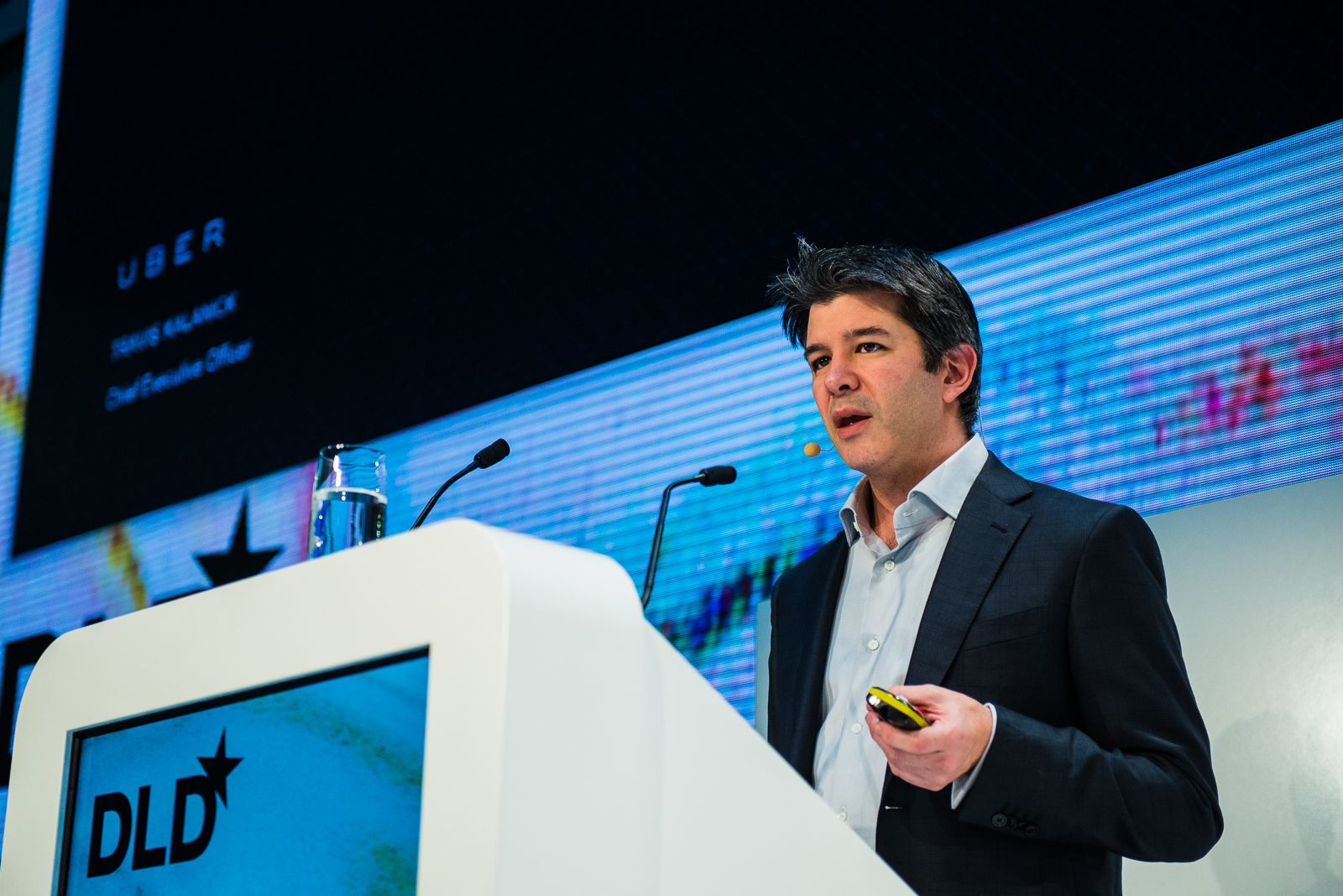
Travis Kalanick’s first flirtation with entrepreneurship was a pizza-delivery startup called Scour, conceived during his time as a UCLA computer science student. Before he could finish his degree, Kalanick was knee-deep in legal battles and user-growth scrambles—real-world challenges that academia couldn’t teach. After Scour folded under lawsuits, he co-founded Red Swoosh, a peer-to-peer file-sharing service, further sharpening his growth-hacking instincts. By 2009, Kalanick had ditched classes entirely, armed with enough street smarts to start Uber from a single San Francisco hackathon.
Uber’s early rides in black cars cost $15 a pop and proved wildly popular with city dwellers who hated hailing cabs. Kalanick’s refusal to wait for regulation earned him both praise and lawsuits, teaching him more about lobbying than any poli-sci lecture ever could. He obsessed over backend logistics, demand forecasting, and surge pricing models—crafting a tech-driven dispatch algorithm that out-smarted taxi medallions. His leadership style? Brutally honest, hyper-competitive, and occasionally downright controversial. But it worked: by 2015, Uber was valued at $50 billion, and Kalanick himself was worth billions without a single diploma. His takeaway: real-time crisis management is the best classroom for future CEOs.
10. George Soros
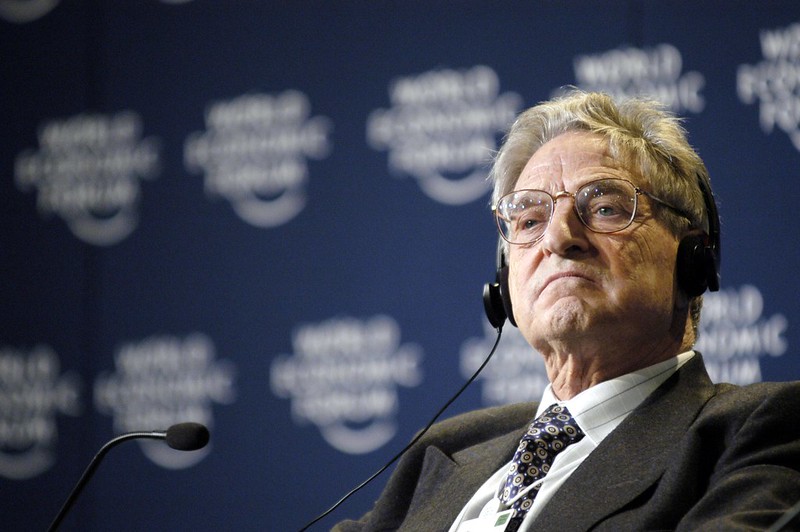
George Soros never took a single class at the London School of Economics—he audited lectures while supporting himself as a rail-worker and freelance English tutor. Later, at a merchant bank in London, he read every financial bulletin he could find, coding his own models before spreadsheets existed. His “theory of reflexivity,” conceived in dusty hotel rooms, argued markets aren’t perfectly rational—a radical departure from textbook economics. In 1992, Soros put $10 billion on a pound-sterling short, pocketing over $1 billion in a single week, “breaking” the Bank of England.
Soros turned that feat into a career of macro-strategy and philanthropy, founding the Open Society Foundations to champion human rights. He built Quantum Fund by seeking out market inefficiencies nobody else saw—treating each trade like a thesis defense. His learning came from global travels, conversations with central bankers, and relentless data analysis—not from assignments or exams. Even today, he digs into obscure country debt markets on his tablet, proving that a self-directed curriculum can outpace a university degree.
11. John Paul DeJoria
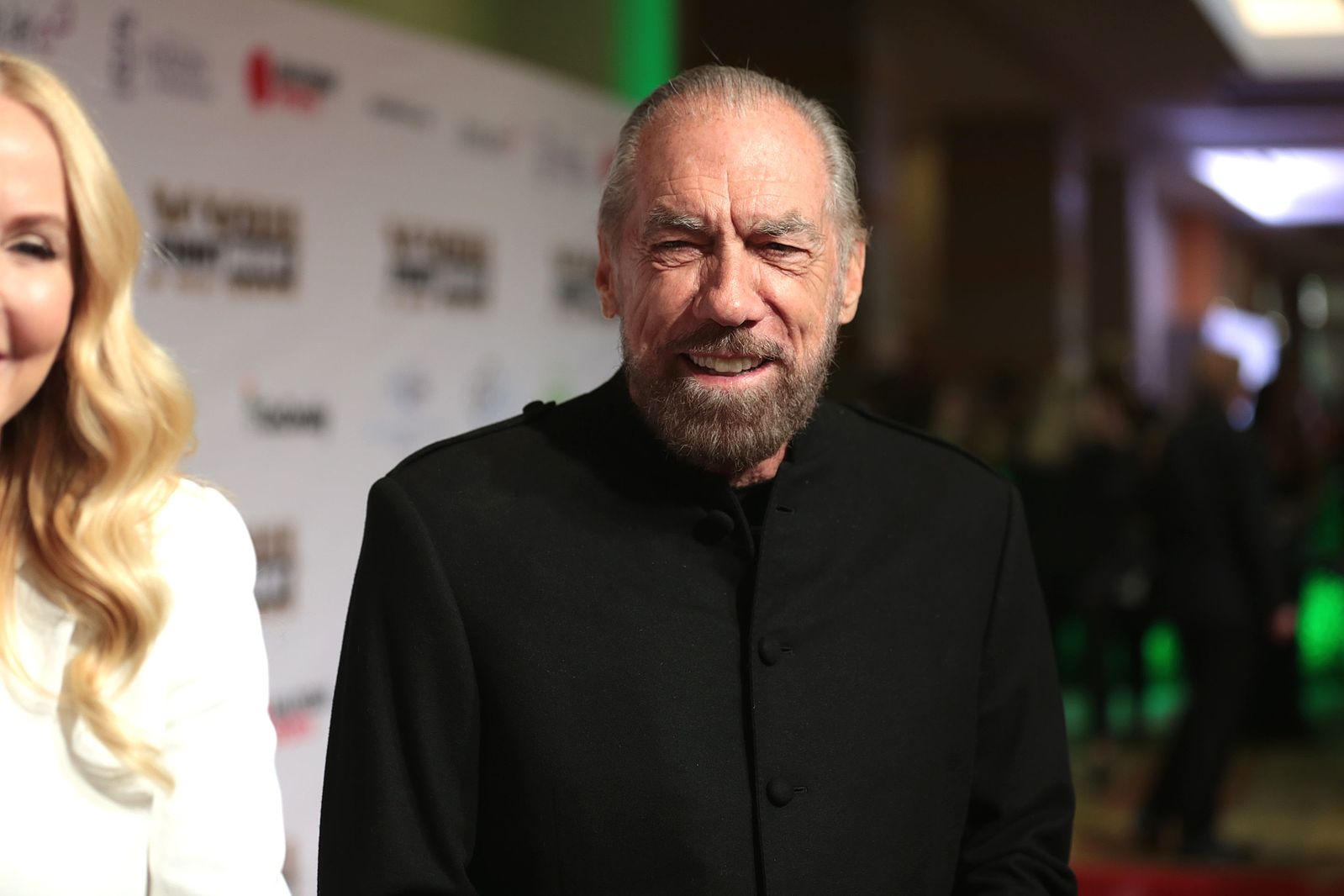
John Paul DeJoria’s story reads like an underdog screenplay: evicted and living in his car at age 25, he scraped together shampoo samples to pitch to hair salons. Never stepping foot in college, he co-founded Paul Mitchell Systems in a rented Santa Barbara office with $700 and a telephone. His first product launch flopped, teaching him that product-market fit matters more than the perfect pitch deck. He pivoted fast—tweaking formulas, redesigning labels, and personally training stylists on demonstrations.
In 1989, he bought Patron tequila with Martin Crowley, turning agave spirits into a luxury lifestyle brand. DeJoria’s unorthodox education in hustle taught him to treat every sale as a masterclass: learn from each “no” to earn a compelling “yes.” He expanded into real estate, insurance, and even solar energy, applying the same blueprint of scrappy resourcefulness. His philanthropic work supports homeless shelters and ocean conservation, reflecting lessons from the school of hard knocks. DeJoria proves that a college dorm is optional when you’ve got grit, elbow grease, and a telephone.
12. Richard Liu (Liu Qiangdong)
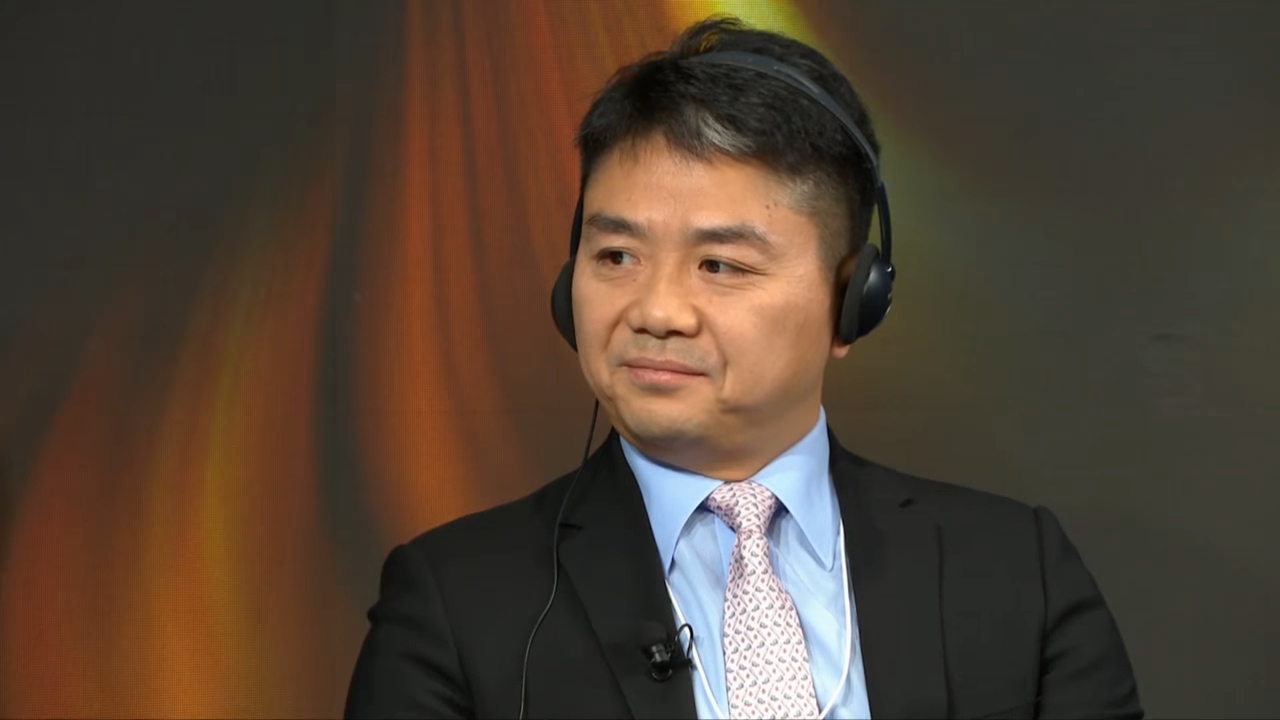
Richard Liu left Renmin University after two years when he spotted a gap in China’s electronics market. Operating from a one-bedroom Beijing apartment, he sold DVDs and computer parts on a shoestring budget, fielding orders himself by bicycle courier. Without formal business training, he learned logistics by trial and error—wrangling warehouse layouts, negotiating shipping rates, and coding rudimentary inventory software. Customers raved about his honesty and fast turnaround, turning word-of-mouth into explosive growth.
In 2004, Liu officially founded JD.com, reinvesting every yuan back into operations. He built his own fulfillment centers and delivery fleet, refusing to rely on third-party couriers that he’d seen disappoint customers. By 2018, JD.com went public on Nasdaq with a valuation of over $20 billion, cementing him as one of China’s richest self-made men. Liu’s education was the marketplace itself: each hiccup in order fulfillment was a pop-quiz on problem-solving. His story reminds us that a garage-style startup can scale into a continent-spanning empire—no cap and gown required.
13. David Geffen
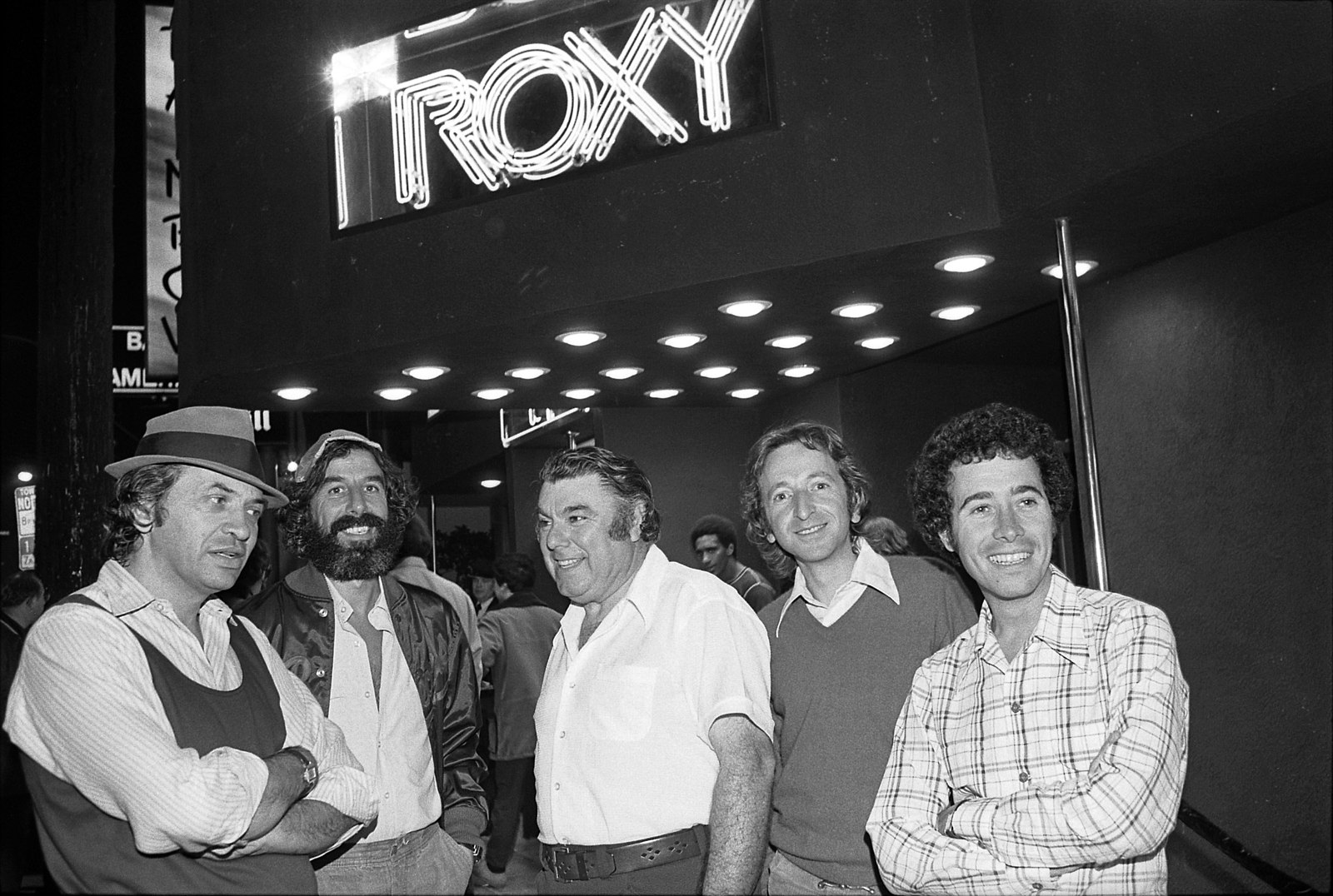
David Geffen dropped out of Brooklyn College to chase his music industry dream, selling albums for William Morris and hawking Broadway rights from a dingy office. He never studied fine arts or business; he learned through negotiations with divas and playwrights. In 1970, he co-founded Asylum Records, signing The Eagles and Joni Mitchell—artists who became legends. Geffen’s ear for hits was honed not in lecture halls but in record stores and smoky clubs.
After selling Asylum to Warner, he reinvested his fortune into film, co-founding DreamWorks SKG with Spielberg and Katzenberg in 1994. There, he learned Hollywood’s script of studio politics and green-lighting blockbusters—classes no university offers. His real education came from board meetings and red-carpet premieres, shaping his instincts on what audiences crave. Geffen ended up a major philanthropist, donating billions to museums and university programs. His unconventional journey proves that sometimes the best curriculum is elbow grease and VIP passes.
14. Michael Bloomberg
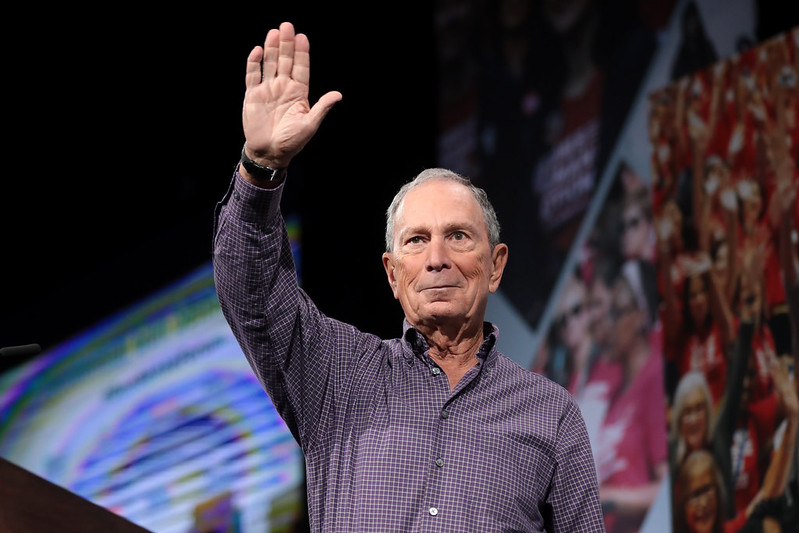
Michael Bloomberg might hold an MBA from Harvard, but when he launched Bloomberg L.P. at 39, he had zero tech background—a different kind of dropout story. Fired from Salomon Brothers in 1981, he taught himself programming on weekends to build a financial-data terminal that Wall Street needed. He pitched banks relentlessly, coding new features to win over skeptics who insisted information belonged in paper files. His hands-on tinkering replaced any missing “computer science 101.”
By 1986, Bloomberg terminals were humming in major finance hubs, and he’d convinced investors that real-time data was worth every penny. He expanded globally, adding analytics and news feeds, all while learning corporate management on the job. Today, Bloomberg L.P. serves over 325,000 subscribers, making it a media and political powerhouse. Bloomberg’s pivot from Wall Street exec to tech entrepreneur shows that it’s never too late to drop in on a new career—just bring curiosity and a keyboard.
This article is for informational purposes only and should not be construed as financial advice. Consult a financial professional before making investment or other financial decisions. The author and publisher make no warranties of any kind.








